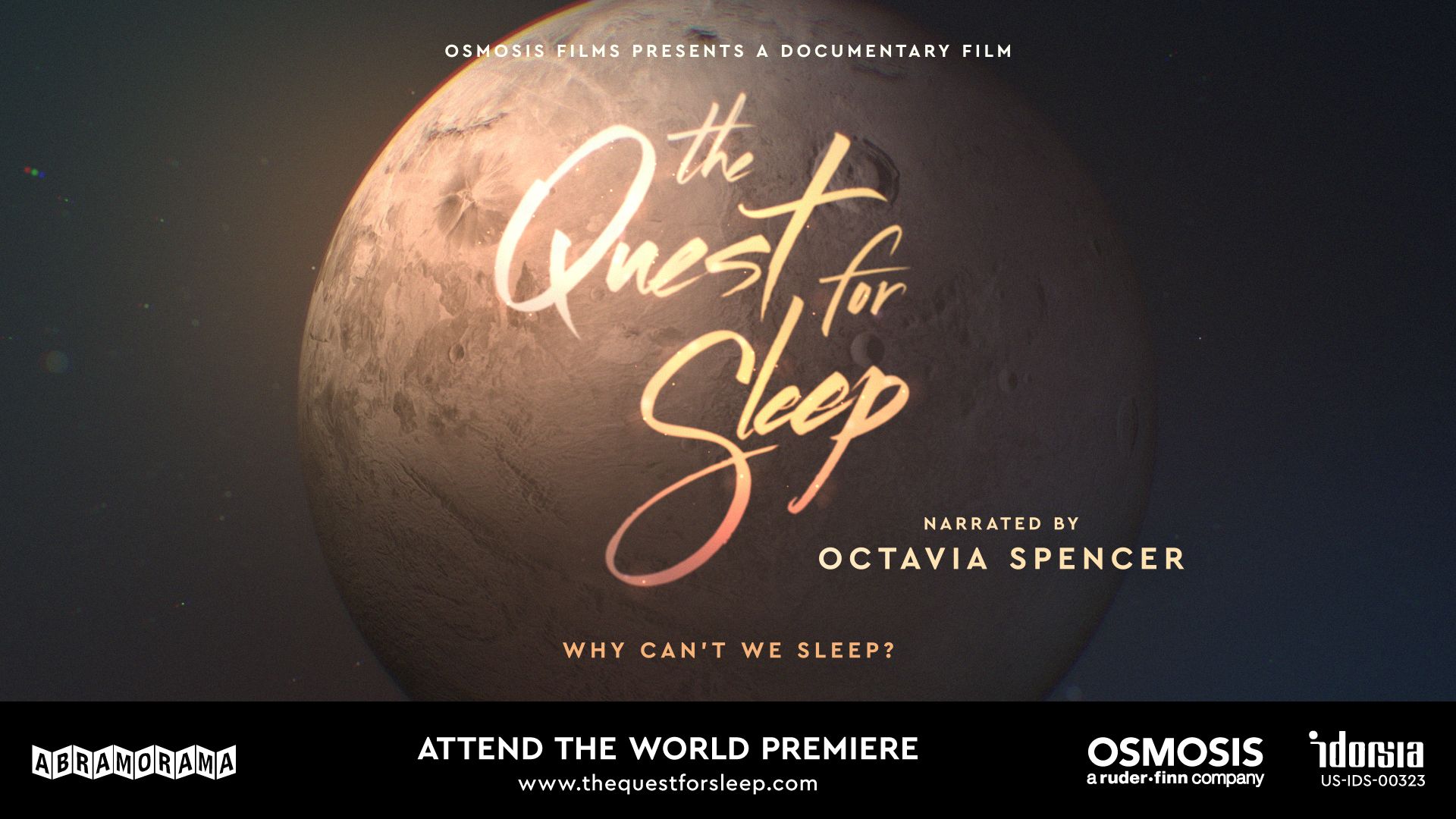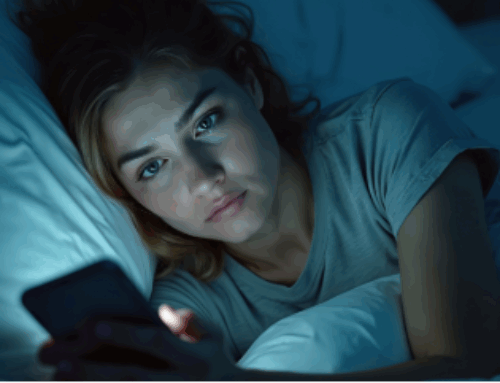Review: The aptly-named film “The Quest for Sleep” follows the journeys and struggles of several people living with insomnia. They share their highly personal experiences about what it feels like to not get the sleep their bodies need, the life events that may have triggered their battle with sleep, and what they’re doing to achieve better rest. The film dives deep into these accounts but spends little time exploring treatments for insomnia.
“The Quest for Sleep” focuses on the challenges that insomnia can create for people. The film also explores the science behind the sleep disorder and features interviews with sleep medicine professionals, including AASM members Michael Grandner, PhD, MTR; Meeta Singh, MD; and Dayna Johnson, PhD, MPH, MSW, MS.
In the film, Dr. Meeta Singh says, “For human beings, you need about 7 to 9 hours of sleep to feel well-rested. If you’re getting less than 6 hours, you’re likely to feel impaired. For some people, despite being or staying in bed, you don’t get enough sleep and it’s affecting your life in a way that you’re not able to do what you should normally be able to do. That is insomnia.”
For the people featured in this new documentary, insomnia defines not just their nights, but their days as well.
As Dayna Johnson, a sleep epidemiologist and assistant professor at Emory University, puts it, “Insomnia is a 24-hour problem.”
Most of the people in the film mention their long histories with insomnia; some have struggled with the sleep disorder for many years. They describe daytime tiredness, of course, but also the anxiety they feel upon getting ready for bed, difficulty articulating their thoughts and feelings, and strain on their relationships and jobs.
Some can even point to their triggers, such as childhood trauma, becoming a parent, or unsettled emotions during times of social unrest.
This is a realistic account of the symptoms and causes of insomnia. Insomnia is most often associated with another problem that drives the insomnia, such as stress, medical conditions, mental disorders, environmental factors, or lifestyle habits.
“The Quest for Sleep” succeeds as an introduction to insomnia, a sleep disorder affecting as many as 35% of adults. The movie intertwines the experiences of real people struggling with insomnia alongside insights from sleep medicine professionals. The visual depictions of what happens in the brain when you don’t get enough sleep help you understand complex processes.
This character-driven documentary is produced by Osmosis Films (The Lottery, The Rise of Humans) and is being released by Abramorama (Dosed, The Beatles: Eight Days A Week – The Touring Years). The film is directed by Rachel Mills (Born to Be, Mavis!) and written by Josh Adler.
Octavia Spencer (The Help, Hidden Figures, The Shape of Water) brings the voice of sleep into the film as the narrator. “Why are there more of you struggling with me than ever before?” she asks the audience.
While the film portrays the negative consequences of insomnia, it doesn’t spend much time exploring the treatment options. Only briefly does the movie mention cognitive behavioral therapy, the recommended treatment for patients experiencing insomnia.
Cognitive behavioral therapy helps you change actions or thoughts that can keep you from sleeping well. It helps you develop habits that promote a healthy pattern of sleep.
It’s important to mention that the film received support from Idorsia, a pharmaceutical company that develops medications for adults with insomnia. While the film doesn’t promote the use of sleep medications, it does spend time explaining how they work in the brain. Learn more about using sleep medications.
Overall, “The Quest for Sleep” offers a real-life account of the challenges associated with chronic insomnia and articulates the science behind the sleep disorder in a compelling way. The film may help you rethink the relationship you have with sleep.
The Quest for Sleep premieres live on Facebook, YouTube, Twitter, and TheQuestForSleep.com on March 16 at 8 PM ET, followed by a panel discussion with the filmmakers, cast, and experts. The film will also be released in select theaters in New York and California. Learn more.
Authored by:
Kate Robards





